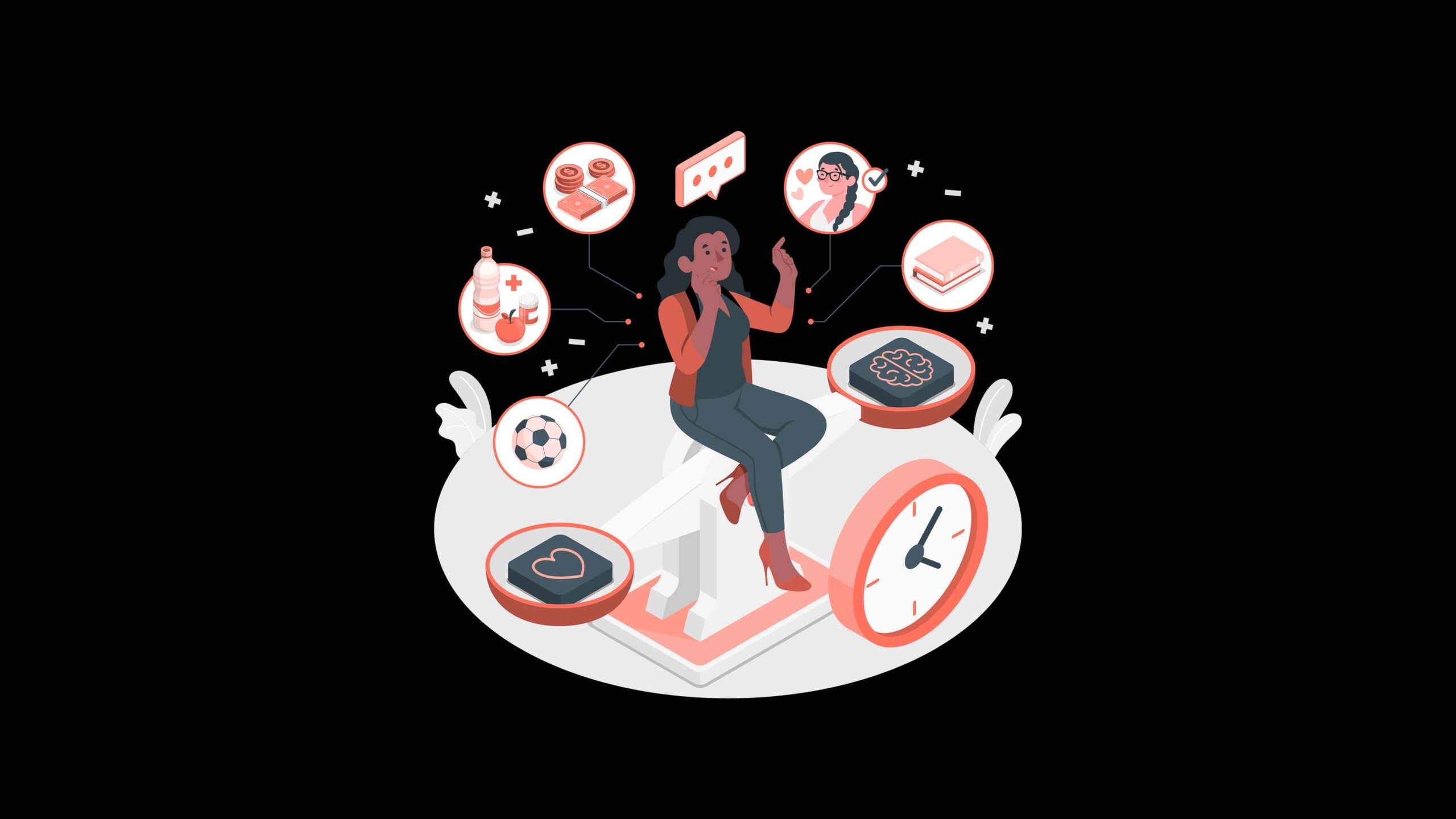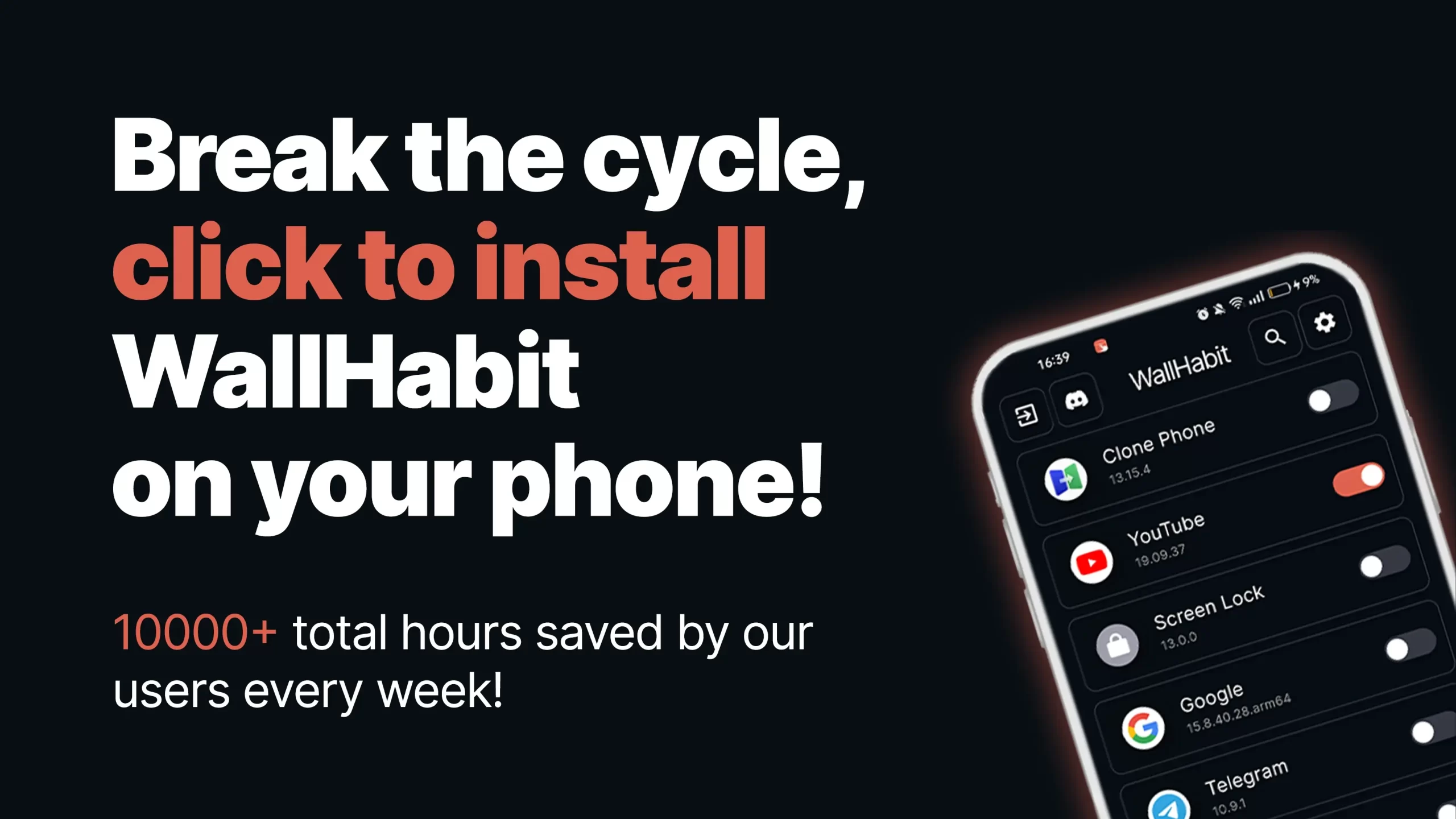In today’s world, digital habits play a significant role in our daily routines. These habits determine how we interact with technology and influence our productivity, well-being, and overall lifestyle. Understanding digital habits, their impact, and how to manage them can lead to a more balanced and fulfilling life.
What Are Digital Habits?
Digital habits refer to the routine behaviors and actions we perform when using digital devices and platforms. These habits can be both conscious and subconscious, formed over time through repeated interactions with technology. If you’re wondering what is a digital habit, think about the actions you repeat daily without much thought—like checking your phone or scrolling through social media.
The development of digital habits is often driven by the design of technology itself. Apps and websites are engineered to capture our attention and keep us engaged. Notifications, endless scrolling, and algorithm-driven content are just a few examples of how technology encourages habitual use. While some digital habits can be beneficial, such as using educational apps or staying connected with loved ones, others can be detrimental, leading to excessive screen time and reduced productivity.
Recognizing your digital habits definition is the first step towards managing them. By identifying which habits serve you well and which do not, you can take control of your technology use and create a healthier relationship with your devices.
5 Digital Habits Examples
Digital habits can be broadly categorized into bad and good habits. Here are five examples to illustrate the spectrum:
Bad Digital Habits
- Constantly Checking Social Media:
Many people have developed the habit of frequently checking their social media accounts. This can lead to wasted time, decreased productivity, and feelings of inadequacy due to constant comparison with others. - Binge-Watching Content:
Streaming platforms often encourage binge-watching with auto-play features. While it can be relaxing to watch a few episodes of a favorite show, excessive viewing can lead to late nights and reduced sleep quality. - Mindless Scrolling:
Whether it’s on social media feeds or news websites, mindless scrolling is a common habit. It consumes valuable time and often leaves us feeling unfulfilled.
Good Digital Habits
- Using Apps for Learning:
Educational apps and platforms can turn screen time into productive learning experiences. From language learning to coding tutorials, these tools can help us acquire new skills and knowledge. - Digital Decluttering:
Regularly organizing and decluttering digital spaces, such as email inboxes and file folders, can lead to a more organized and efficient use of technology. It reduces digital clutter and enhances productivity.
Using WallHabit to Manage Digital Habits
To combat bad digital habits and promote good ones, tools like WallHabit can be extremely effective. WallHabit is a commitment device designed to help users reduce screen time and manage their digital habits more effectively.
Blocking Short Form Content
One of the key features of WallHabit is the ability to block short-form content such as shorts and reels. These quick, entertaining videos are designed to capture attention and keep users engaged for longer periods. By blocking access to such content, WallHabit helps users avoid getting sucked into endless scrolling sessions.
App Blocker
WallHabit also includes a powerful app blocker that allows users to put certain apps behind a virtual “wall.” This means that to access these apps, users need to overcome an intentional barrier, such as holding a button to unlock. This simple but effective mechanism adds friction to the process of opening distracting apps, making it easier to stay focused on more important tasks.
The “hold to unlock” feature is particularly useful as it requires a conscious decision to use the blocked app, rather than an impulsive tap. This small delay can be enough to remind users of their goals and encourage them to use their time more wisely.
Healthy Digital Habits to Cultivate
Incorporating healthy digital habits into your routine is key to maintaining balance in the digital age. Here are some ideas:
- Set Screen Time Limits: Use tools like WallHabit to set boundaries for how much time you spend on certain apps or devices.
- Schedule Tech-Free Time: Dedicate specific times of the day to disconnect from devices, such as during meals or before bedtime.
- Be Intentional with Technology: Before opening an app or browsing a website, ask yourself what your purpose is. This can help prevent mindless scrolling and wasted time.
By fostering healthy digital habits, you can enjoy the benefits of technology without letting it take over your life.
Conclusion
Digital habits are a significant part of our modern lives, shaping how we interact with technology and how it impacts our daily routines. While some habits can be beneficial, others can lead to wasted time and reduced productivity. Tools like WallHabit provide practical solutions to help manage digital habits, reduce screen time, and create a healthier relationship with technology. By being mindful of your habits and using tools to manage them, you can enhance your well-being and make better use of your time.
Start building healthy digital habits today and take control of your technology use for a more balanced and fulfilling life.

